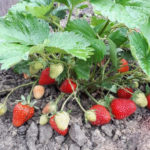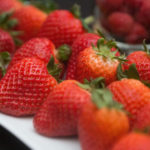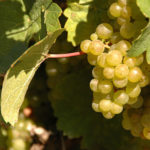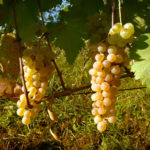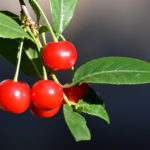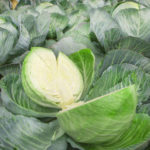Strawberry variety Chamora Turusi
Chamora Turusi is a late-ripening non-repaired variety of garden strawberries. Its origin is unknown, but it is believed that it is a hybrid form, or a clone, bred by the works of amateur breeders. There is a rumor among the people that Japan is supposedly the homeland of our hero, but this statement is most likely incorrect - in this country no one knows about such a strawberry, and in Europe there is no information about it either. In a word, disputes about the origin of the "dark horse" sometimes lead into deep jungles and give birth to great myths. So, someone considers Chamora Turusi a "relative" Gigantella Maxim due to the large size of the berries, others say that she is a clone Queen Elizabeth... This is not very important, you say, but one question arises - does this variety even exist? And isn't it just a PR move by unscrupulous sellers of seedlings? Would you be deceived when buying? Well, let's figure out what our heroine looks like and what characteristics she has, and is she really as good as she is advertised.
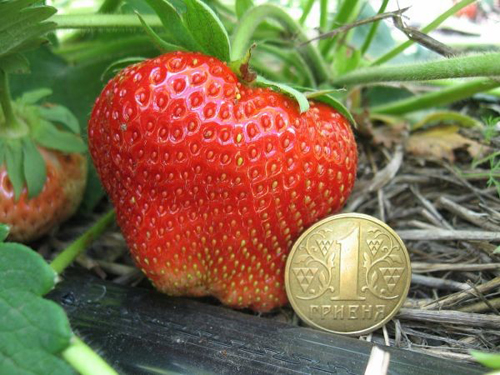
The plant is powerful, vigorous, up to 40 cm high, spreading, abundantly leafy. It forms very few whiskers, they are strong and thick. The leaves are large, corrugated, bright green in color. In the first year of growth, strawberries do not have a high yield, they form quite a few peduncles. Moreover, it is recommended not to let Chamora Turusi bear fruit in the first year, so that the root system and green mass develop better. In subsequent years, the plant begins to "gain momentum", forming about 12-16 peduncles. The flowers of our heroine are bisexual, she does not need additional pollination. Peduncles are tall, under the weight of the fruit they can be laid on the ground.
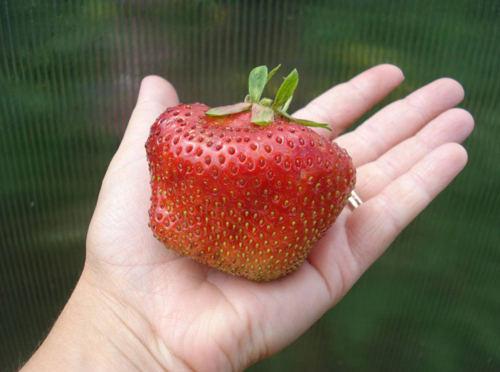
The berries of the variety are large, and sometimes very large. Their shape is generally rounded-conical, but the "giants" are often comb-like. Strawberry peel has a characteristic dark red coloration, rather even maroon, with a brick tint. The berry acquires this color when fully ripe, but at the stage of technical ripeness it is bright red. Achenes yellow, depressed to medium depth. The pulp is light red, fleshy, quite dense, juicy, with a wonderful pronounced aroma, reminiscent of the smell of real wild strawberries. By the way, according to gardeners' notes, the most intense aroma of berries is observed at the end of the fruiting season, or with a lack of moisture.
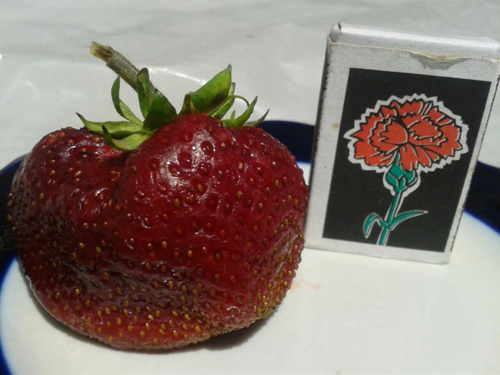
The taste of Chamora Turusi fruit is delicious! Strawberries are very sweet, often even without sourness, very much like wild strawberries. The berries of this variety perfectly tolerate transportation, have an excellent presentation, and attract the attention of buyers in the market with their intense aroma. However, it is worth noting that for sale it is better to collect fruits at the stage of technical ripeness, since fully ripe ones may not reach the market - they will crumple and flow. And by the way, our heroine has one advantage - her berries are very tasty, even when not fully ripe. They are versatile in use, great fresh, suitable for canning, freezing, preparing various culinary dishes and desserts.
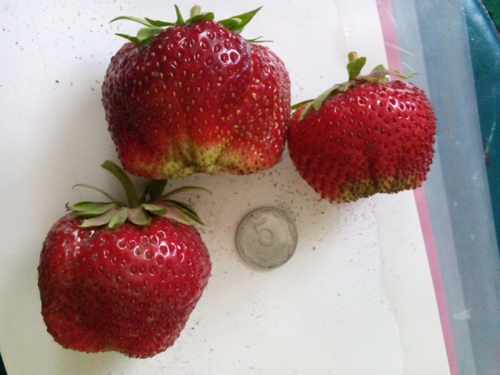
The average weight of fruits is 80-90 grams, there are often "giants" weighing 110-140 grams, especially during the first harvest. Fruiting at Chamora Turusi is extended, but by the end of the season the berries do not become much smaller. Ripening begins from 15-20 July in Central Russia and central Ukraine, in the northern regions a little later - from 25 July-early August. The declared yield of the variety is very impressive - from 1.7 to 3 kg per bush, more than 25 tons per hectare! Such figures can really be called huge, surpassing the indicators of many popular favorites of the strawberry market, moreover, even remontant ones. Only such results are not always achievable, this should be understood.To maximize the potential of plants, abundant feeding, chemical treatments, optimal temperature conditions and proper watering, fertile light soil, and generally high-quality agricultural technology are required, implying the timely implementation of all necessary measures. Thus, if you can take care of the plantation only on weekends, in the "summer cottage" mode, then you should not count on 3 kg per plant, even 2 kg is already a very difficult figure under such conditions. Moreover, it is often possible to “squeeze” all its possibilities out of strawberries only when grown indoors.
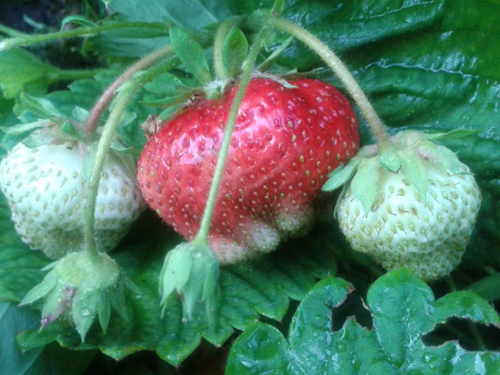
Chamora Turusi has an extremely weak resistance to fungal diseases. And this is indeed a serious problem, especially when cultivating for commercial purposes - there is no way to do without the cost of chemical treatments. And for a simple gardener, this will also become a very big disadvantage - you can hardly manage with folk remedies, "chemistry" cannot be avoided, therefore this variety is not suitable for organic farming. Chamora Turusi is moderately resistant to verticillary wilting, but everything also requires high-quality preventive treatment. According to gardeners, strawberries resist pests very poorly, and again require good protection. In addition, it is affected not only by insects and ticks, but also by all kinds of "inhabitants" of the site - moles, lizards, mice, even birds. Very tasty, I guess! Gardeners recommend that special attention be paid to the treatment of plants with insecticides to combat the weevil, since it is he who causes more damage to the plantation.
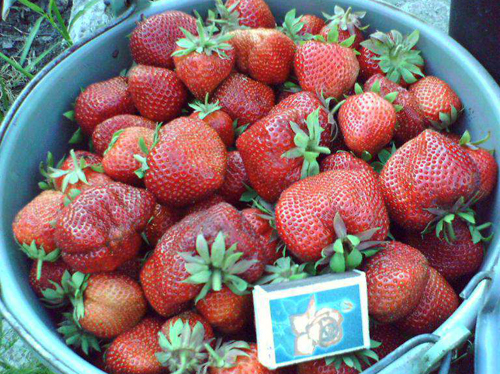
According to some reports, the variety has good winter hardiness and ample frost resistance. However, it should be said that after all, in the northern regions of Chamora, Turusi does not feel very well, and one should not expect huge yields from it. You can plant in the garden for a change, but for commerce - only indoors and under strict control. In regions with a mild warm climate, things are better, but another problem arises. Firstly, the berries are baked in the sun, and these cases are not isolated - often a good half of the strawberry harvest turns into what is called “compote”. Of course, shading can solve the problem. Secondly, drought has a bad effect on the size and weight of fruits, and it can destroy plants as well - at a temperature of + 45 ° C and in the absence of moisture, the root system "boils", and then the entire bush gradually withers. But there is one pleasant moment - even with extremely insufficient moisture, the taste of the berries in the variety does not deteriorate. Moreover, they become sweeter, the sugar content rises, but their sizes are significantly reduced, cavities appear inside the fruits, due to which their mass decreases, the pulp loses its juiciness.
So, with drought tolerance, everything is clear - in general, strawberries can survive a short-term drought, but a long lack of moisture can be fatal. Waterlogging is also not easy. On the one hand, Chamora Turusi is hygrophilous; it responds to regular abundant watering with an increase in yield due to an increase in the size and mass of berries. On the other hand, the fruits become more watery and less sweet, often rot and tend to be affected by powdery mildew. In a word, it is necessary to strictly control the irrigation regime, and most likely it will not work without a drip irrigation system.
Although much has already been said, there is still a fairly large number of nuances of agricultural technology. Let's talk about the most important ones in the list below.
- Strawberries are very demanding on soils - they prefer light fertile soils. Before planting, organic fertilizers must be applied to the ground to give impetus to the growth of green mass.By the way, the variety grows quite intensively, two months after the spring planting, the bushes already fully take on an adult form and begin to bloom. However, it is highly recommended not to let the plants bear fruit in the first year of life on the site in order to get the largest yield next year.
- Planting is carried out according to the following scheme: at least 35-40 cm between plants, about 60 cm between rows. If possible, the distance between the bushes can be increased to 50 cm. According to the observations of gardeners, with excessively thickened plantings, strawberries are en masse affected by fungal diseases.
- Chamora Turusi requires abundant feeding. Just do not overdo it with nitrogen fertilizers - the bushes are already very powerful, they quickly build up a lot of green mass, therefore, with an excess of organic matter, they can begin to "fatten". It is better to pay attention to mineral complexes; foliar feeding is often required. In short, the principle of feeding this variety is simple: the more fertilizers, the greater the yield. In reasonable amounts, of course.
- Don't forget about disease prevention and pest control measures. Also, maintain a normal temperature regime - strawberries are thermophilic, and heat or cold will adversely affect the productivity and health of the plants.
- Chamora Turusi reaches the peak of fruiting in 2-3 years of growth, then the yield begins to gradually decline. Thus, the plantation should be renewed for 3-4 years of use; when grown for commercial purposes, this event is best carried out every 2 years, and it is better in general after a year. Indeed, from a financial point of view, it is much more profitable to use the variety in a one-year culture, since the cost of additional treatments from diseases does not pay off. Let us remind you that every year the plants live on the site, their resistance to diseases decreases.
Finally, let us summarize briefly. Why, in spite of all its whims, is Chamora Turusi so revered among the people? To be honest, we do not know how to answer this question. Currently, the market is full of other varieties that are slightly inferior to our heroine in yield and taste, while the least demanding to care for. Maybe these strawberries are really delicious? Or maybe it really gives just huge yields, and all the costs are worth the results? In a word, try to grow it yourself, then everything will become clear. The only thing is, be careful when buying planting material, buy seedlings only in proven places, so as not to fall for the deception of unscrupulous sellers.
